
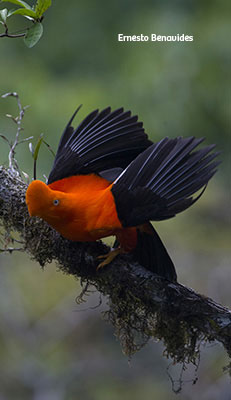
Andean Cock-of-the-rock
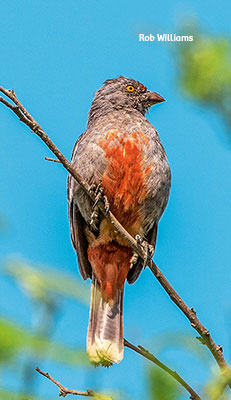
The Peruvian Plantcutter
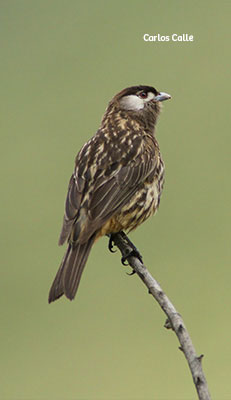
White-cheeked Cotinga
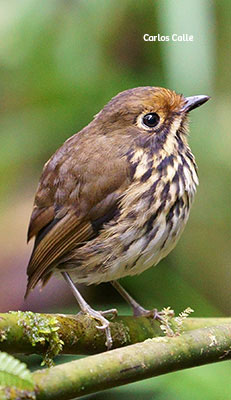
Ochre-fronted Antpitta
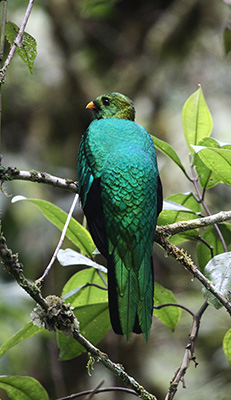
Golden-headed quetzal
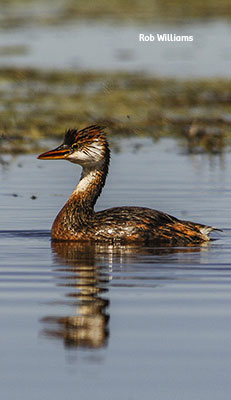
Titicaca Grebe
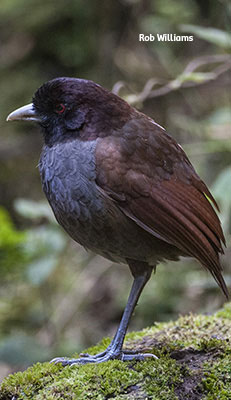
Pale-billed Antpitta
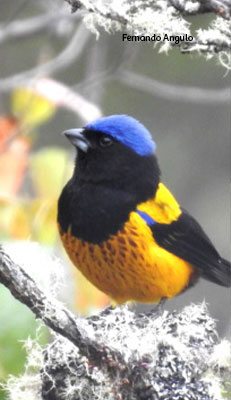
Golden-backed Mountain Tanager
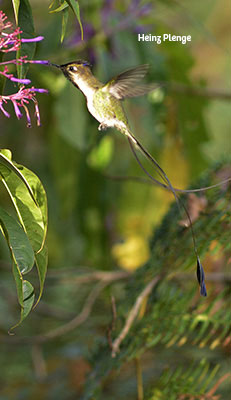
Marvelous Spatuletail
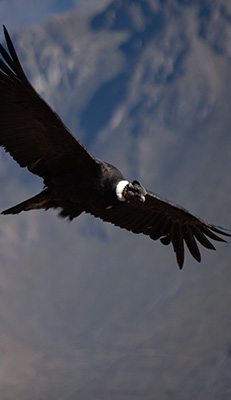
Andean Condor
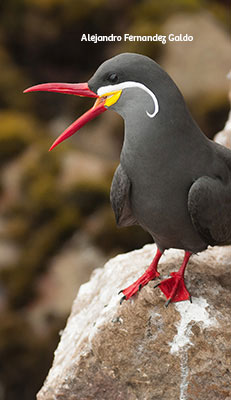
Inca Tern
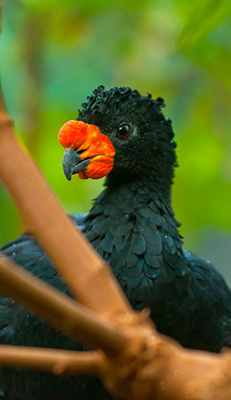
Wattled Curassow
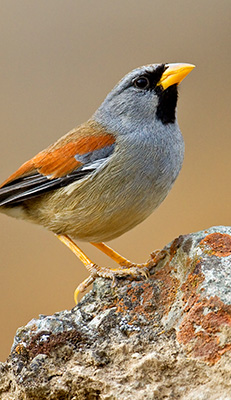
Great Inca-Finch
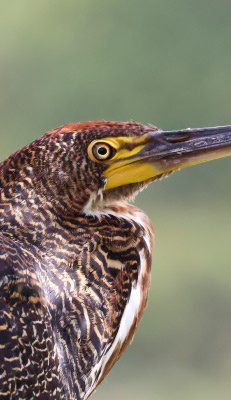
Bare-throated Tiger-Heron
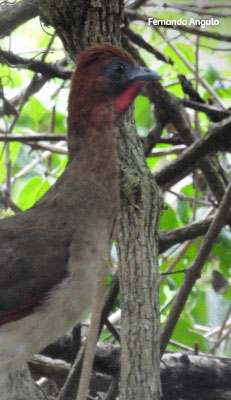
Rufous-headed Chachalaca
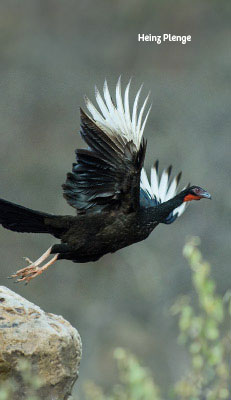
White-winged Guan
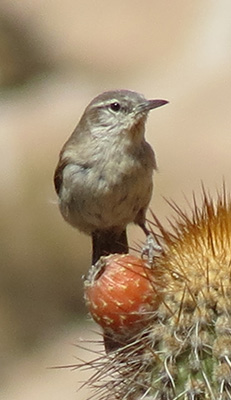
Cactus Canastero
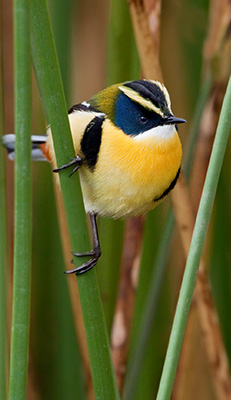
Many-colored Rush Tyrant
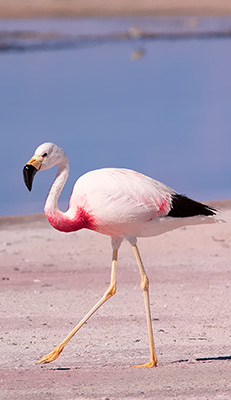
Andean Flamingo
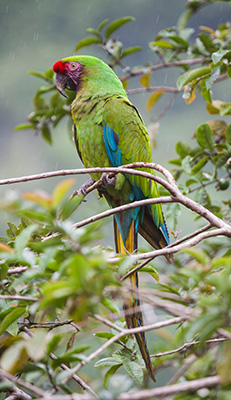
Military Macaw
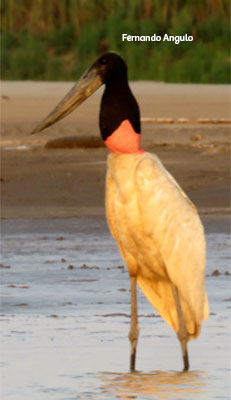
Jabirú
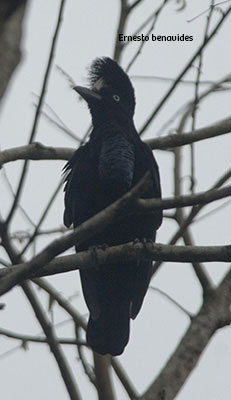
Amazonian Umbrellabird
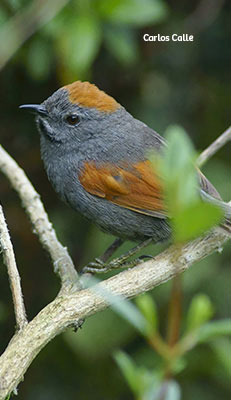
Apurimac Spinetail
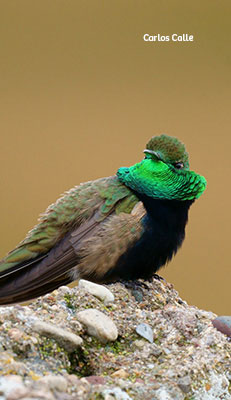
Black-breasted Hillstar
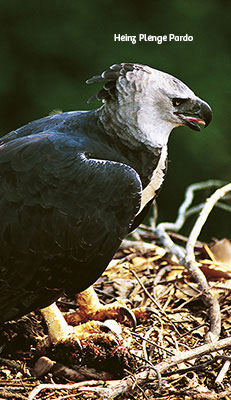
Harpy Eagle
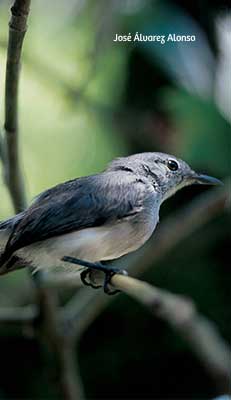
Iquitos Gnatcatcher
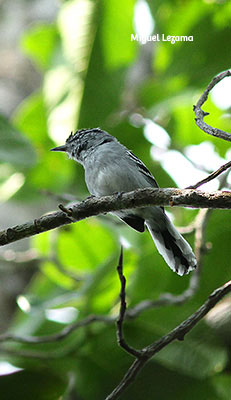
Ash-throated antwren

Andean Cock-of-the-rock
Often considered the national bird of Peru, the Andean Cock-of-the-rock is one of the most spectacular and well-known forest birds in the world. Infamous from wildlife documentaries it is a must-see species for most visiting birders and naturalists. A member of the Continga family, a diverse group of some of the most brightly coloured and spectacular of all tropical birds, they inhabit the humid montane forests of the Andes, whey feed in the under and mid-storeys, mainly on fruits, though insects and small vertebrates are also consumed.
The spectacular intense orange males with their black and grey wings gather at traditional sites known as leks. Here, they squeal and dance, throwing their heads down and raising their wings, in order to attract the drabber females that visit the lek repeatedly before selecting a male, usually the most centrally located, as a mate. Females nest on small rock faces, often in stream gorges or at the entrances to caves.
Peru is fortunate to be home to 3 different subspecies, the bright orange aequatorialis in the north, the paler peruvianus in central Peru, and the spectacular saturatus, with its intense orange-red plumage and delicate sky blue eyes contrasting with a bright orange orbital ring, in the south.
The Andean Cock-of-the-rock can be seen the length of the Andes, but particularly good spots to see it include known lek sites on the Cordillera Escalera near Tarapoto and on the famous Manu road near Cusco, or near the village of Machu Picchu. The experience of watching a lek of these fantastic birds within an Andean cloud forest is unique and will certainly be a memorable highlight of any trip to Peru.
Text by Rob Williams.
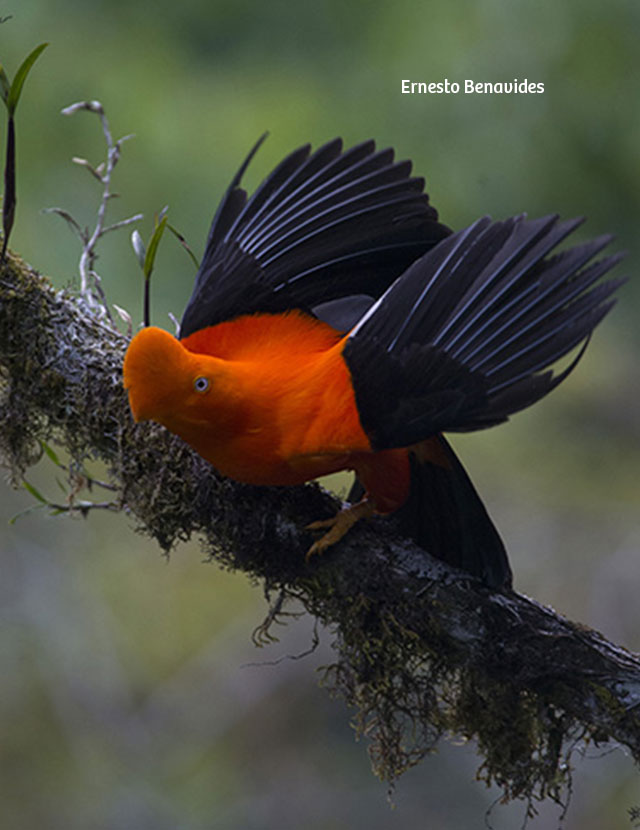
Andean Cock-of-the-rock
Characteristics
The cock-of-the-rock is unmistakable due to its reddish-orange color, the round crest on its head, its black wings and tail and light grey lower back. Its legs and beak are yellow and its iris white. The female is a dull brown-orange.
Habitat
Humid montane forests between 500-2300 m. where it associates with vertical faces of bare rock used for nesting.
Scientific Name
Rupicola peruvianus
Prominent Location
Manu Road, Coordillera La Escalera, Cloud forest in Machu Picchu.
Endemic
No.
Length
31-33 cm / 12-13 in.
Threat
Least Concern.
Best Time for Birdwatching
All year round.



